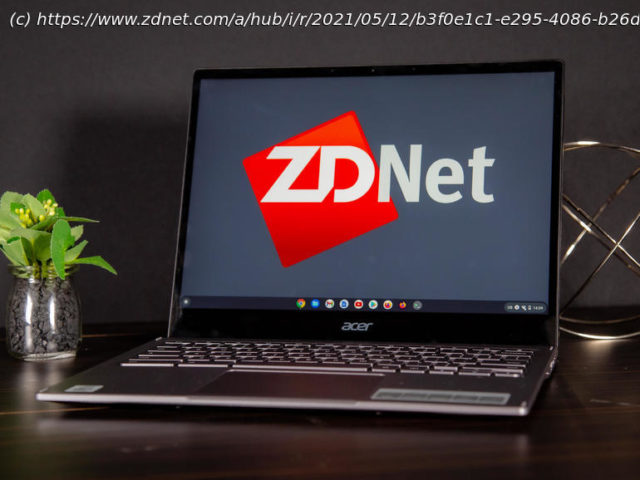As mobile and desktop OSes borrow from each other, having a touch screen on a laptop and using apps built for touch makes more sense than other offerings.
It is always with a sense of wonderment, befuddlement, and disbelief that the company from Cupertino pushes its tablet and desktop operating systems closer and closer together, especially as it has steadfastly refused to allow a touchscreen on Macs. But the interaction style from the latter half of the last century has been good enough for Apple, and that’s that for the world’s largest computer firm. While I still concur the desktop-style interface is paramount among the choices on offer, it isn’t necessarily the best in circumstances when an app, which has been built for a touch interface, is lazily ported onto your desktop. Meanwhile on the Windows side of the fence, even though Microsoft has long had support for touchscreens, and the OS can happily switch between traditional and touch interactions, using touch on Windows is second-class. Windows apps try to cater as best as they can for touch, but deep in their source, you know that the app is best used with a mouse or trackpad of some sort. This is where a $1,000 Chromebook shows another way to thread the multiple-use needle. The particular laptop that lit the way in this instance was an Acer Chromebook Spin 713. A humble device running an Intel Core i3-10110U processor,8GB of memory,128GB of storage, and a 2256×1504 display in the lovely 3:2 aspect ratio that retails for AU$1,000 in Australia. It’s worth noting that even though the battery is rated for 10 hours, in testing it went far beyond that mark. In the US, it’s possible to get a Core i7-10510U with 16GB of memory for $1,000, which represents far better value, and is really the one to buy — if you can find it.
Home
United States
USA — software High-end Chromebooks explain convertible laptops better than anything else






